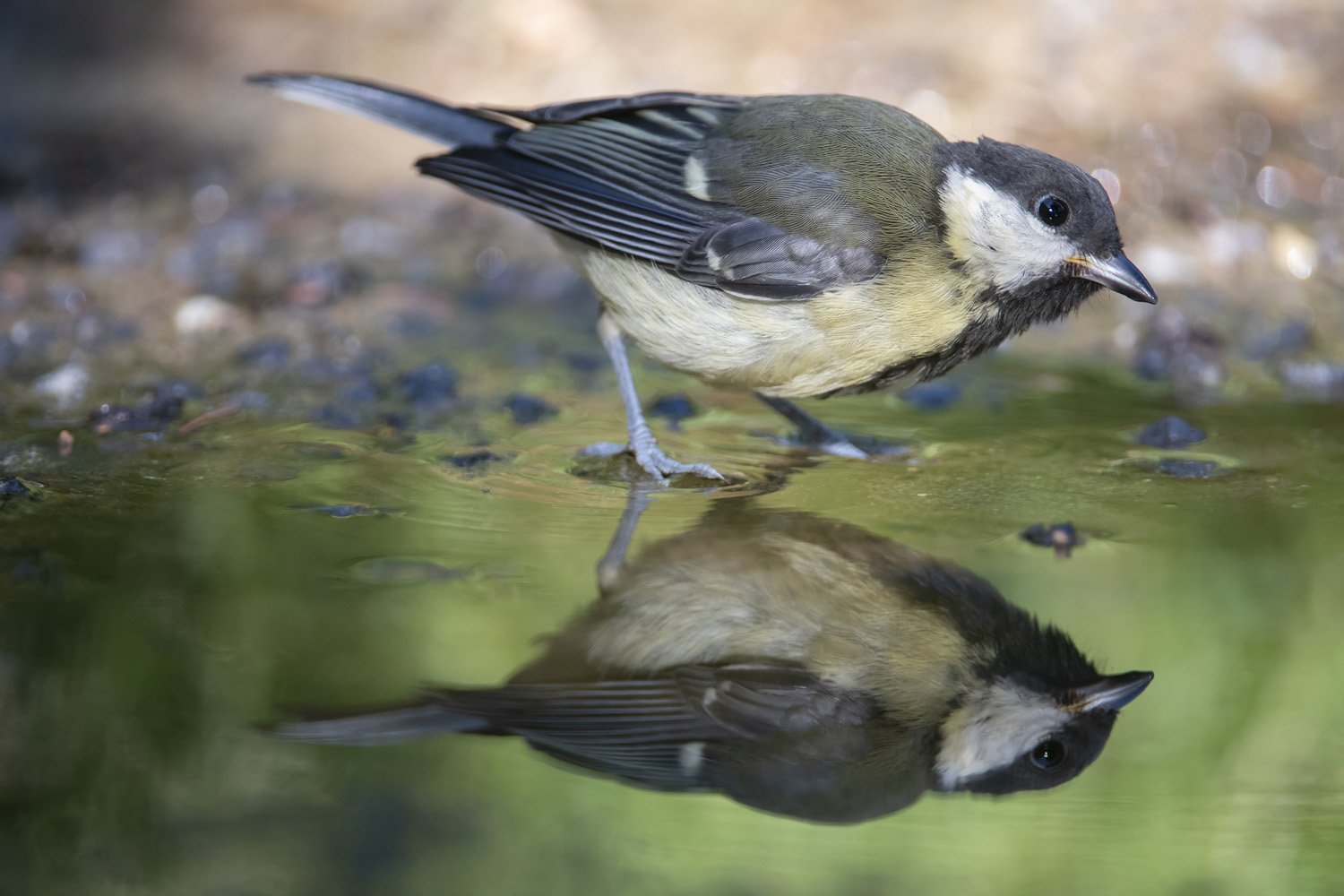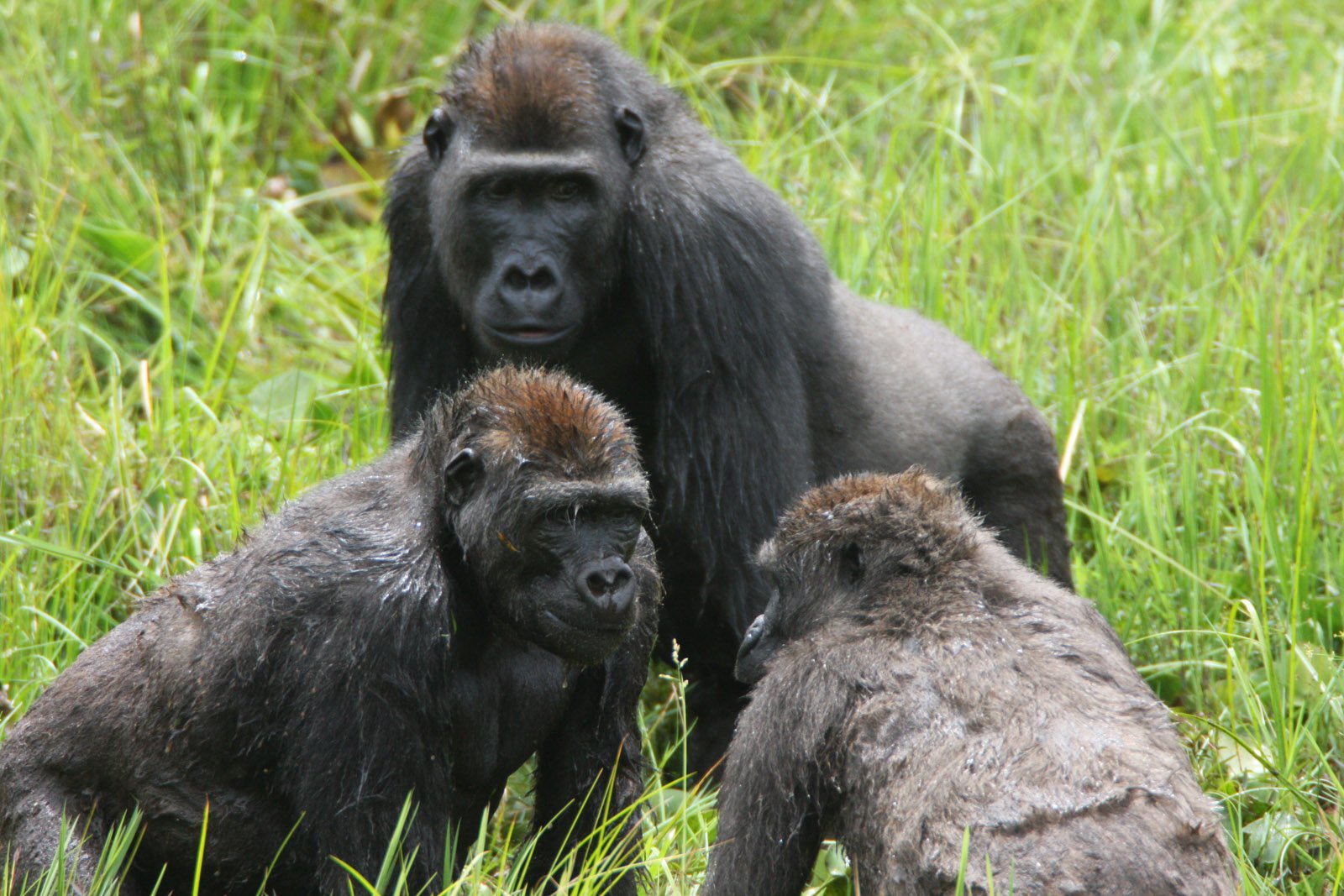Finding one’s way in the rainforest
Knowing which direction to go in order to reach a food location or home is important for many animal species, including humans. For human foragers who travel long distances every day hunting and gathering, orientation skills are essential. Haneul Jang and her colleagues from the Max Planck Institute for Evolutionary Anthropology set out to study … Read more









